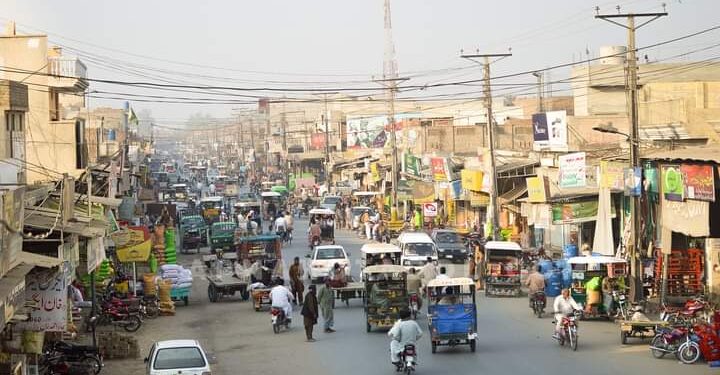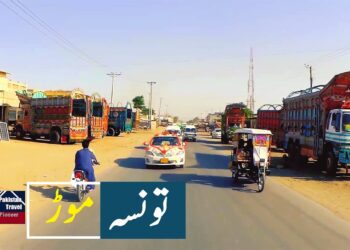📜 Historical Background of Kot Addu
Kot Addu, a culturally rich and strategically located city in southern Punjab, Pakistan, has a deep-rooted historical significance that traces back centuries. Nestled near the banks of the mighty Indus River and bordered by fertile agricultural plains, Kot Addu has evolved through eras of trade, conquest, and cultural fusion.
🏛️ Origins and Etymology
The name “Kot Addu” is believed to have originated from a local figure named “Addu Khan,” a tribal leader who established a fortified settlement (Kot) in the area during the early medieval period. The term “Kot” means fort or enclosure in Punjabi and Urdu, indicating that the area was once a walled or protected village.
🌄 Ancient & Pre-Colonial Era
Kot Addu and its surroundings have been part of the historical trade routes connecting Multan, Dera Ghazi Khan, and Sindh.
The nearby region was influenced by multiple ancient civilizations, including the Indus Valley Civilization and Gandhara.
Over time, the area came under the influence of empires such as the Mauryas, Kushans, Ghaznavids, and Mughals.
The fertile land made it a desirable location for agricultural settlements and seasonal migration.
⚔️ Baloch Migration & Tribal Heritage
In the 15th and 16th centuries, large-scale migration of Baloch tribes occurred under the leadership of Mir Chakar-e-Azam Rind.
These tribes settled across southern Punjab, including Kot Addu, shaping the demographic and cultural identity of the city.
Even today, Kot Addu maintains strong cultural ties with the Rind and Leghari clans, and local folklore often celebrates Baloch valor and poetry.
🏰 British Colonial Period
During the British Raj, Kot Addu became part of the larger Muzaffargarh District within Punjab Province.
The British introduced modern irrigation systems through canal projects from the Taunsa Barrage, significantly boosting the region’s agricultural output.
A small railway station and postal services were established, making Kot Addu a modest administrative and trade center.
🌾 Post-Independence Development
After 1947, Kot Addu continued to grow as a town with improved road and rail connections.
The construction of the Taunsa Barrage (1950s) further expanded the area’s agricultural and economic base.
Over the years, the establishment of schools, hospitals, sugar mills, and other industries transformed Kot Addu into a thriving urban center.
🏙️ Recent Milestones
Kot Addu was officially declared a Tehsil and later gained further recognition as a separate district in 2022.
Infrastructure projects such as the Meer Chakar-e-Azam Rind Flyover and the Mother & Child Hospital reflect its rising administrative and economic importance.
Its proximity to the Indus and strong rail-road connectivity continue to make it a vital link between upper and lower Punjab.
🕌 Cultural and Religious Identity
The city hosts numerous Sufi shrines, mosques, and community centers, reflecting its spiritual heritage.
Local languages include Saraiki, Punjabi, and Urdu, showcasing its linguistic diversity.
Kot Addu celebrates festivals like Urs, Eid, and Basant with traditional fervor and folk music.




























